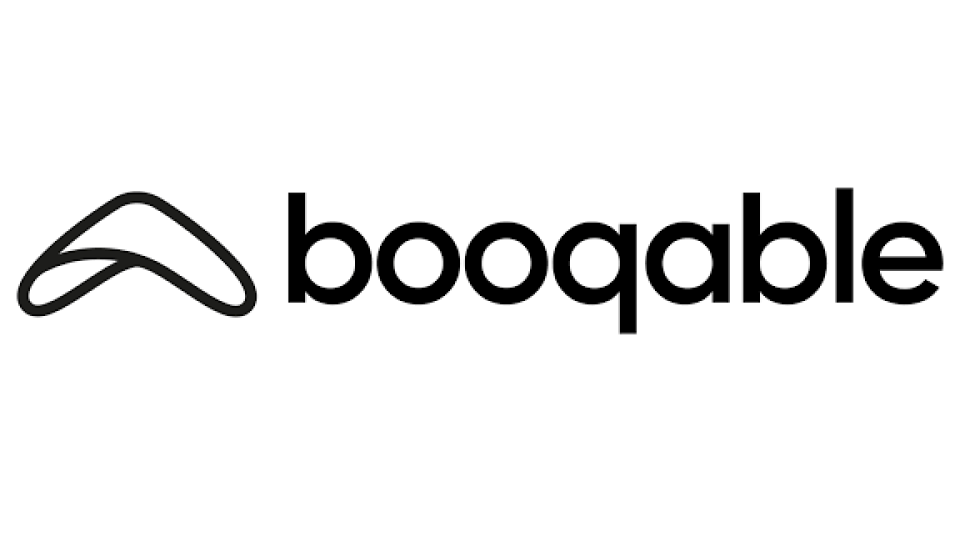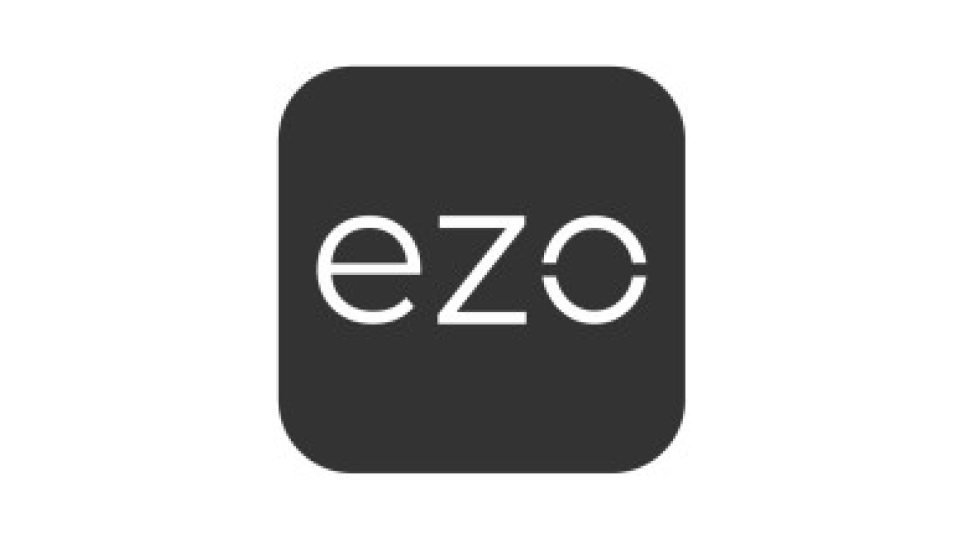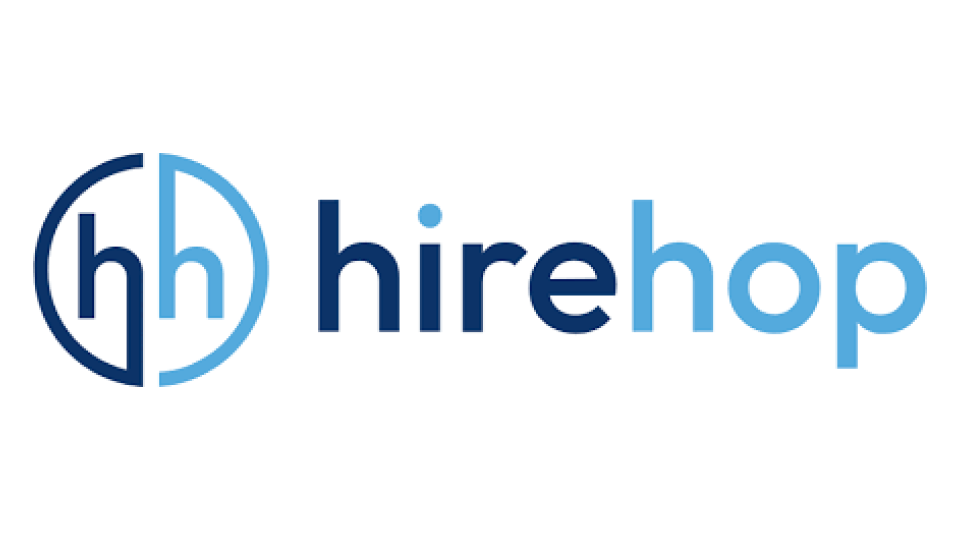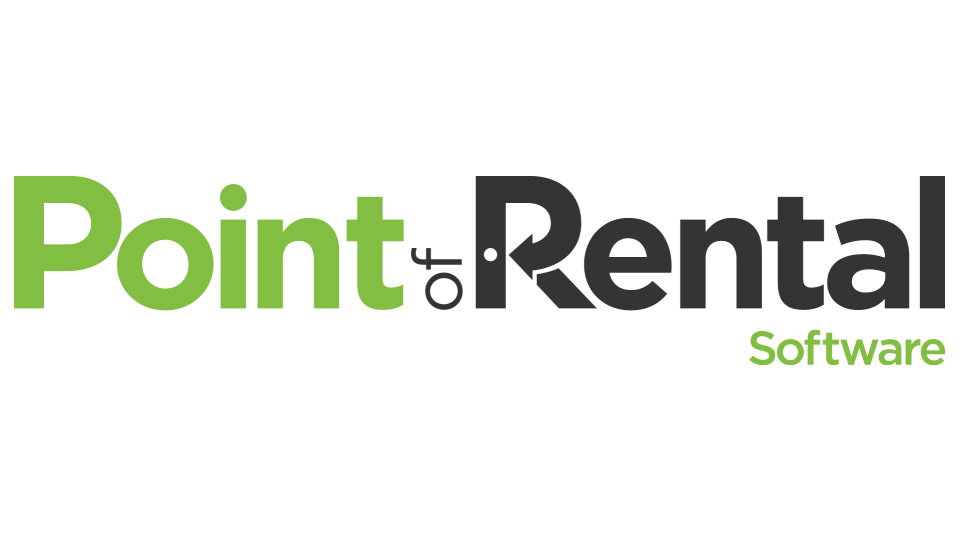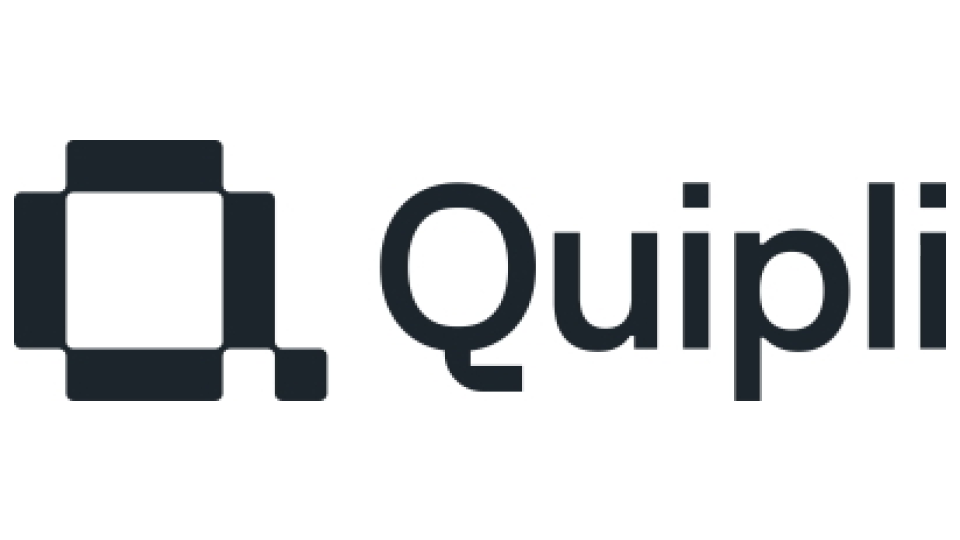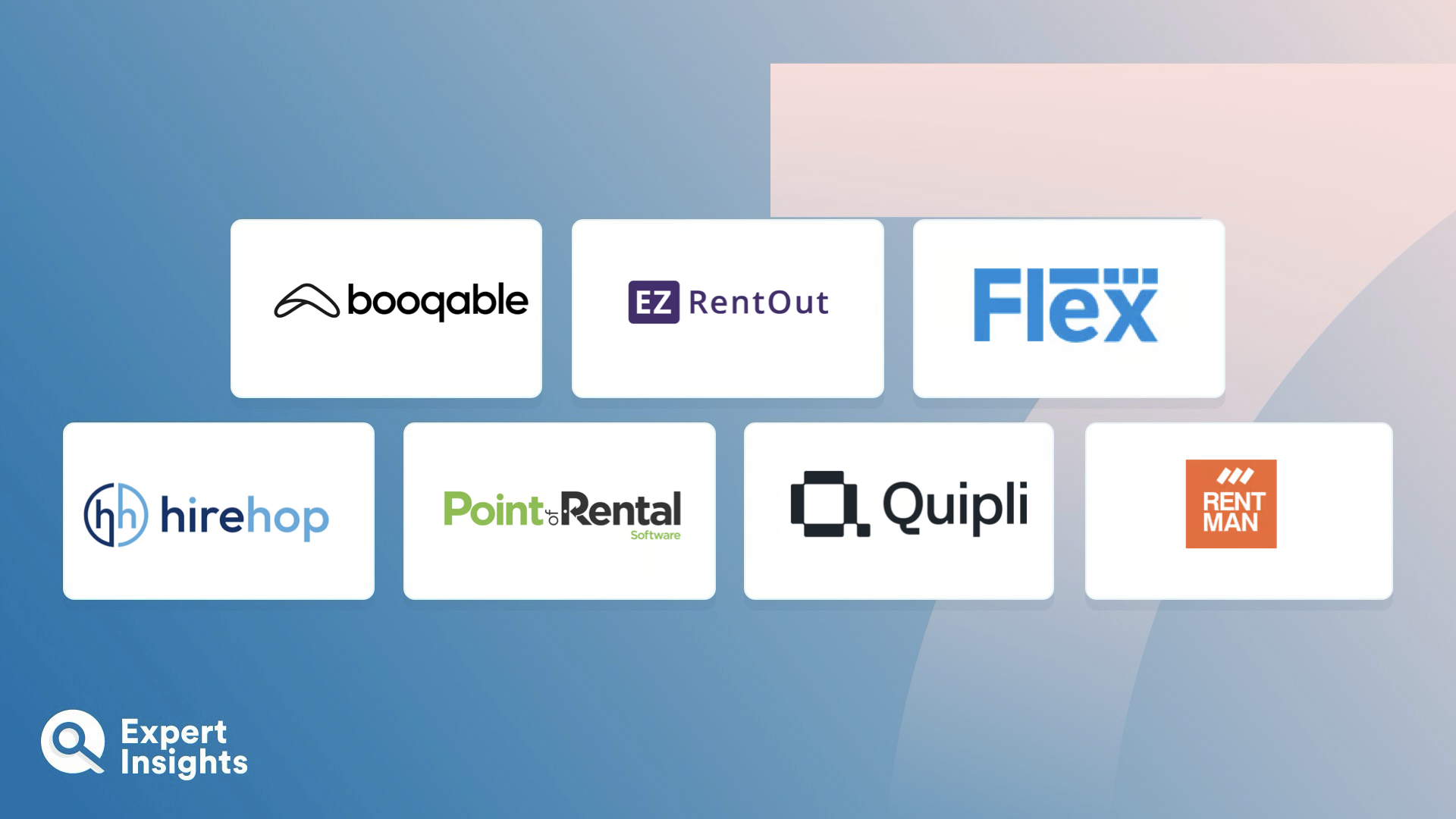Everything You Need To Know About Equipment Rental Software (FAQs)
What Is Equipment Rental Software?
Equipment Rental Software—also known as asset lease software—helps rental companies to run their rental or leasing operations more efficiently and effectively. To do this, they offers features such as inventory management, maintenance tracking and scheduling, booking and reservation tools, as well as billing and invoicing. By combining these features, equipment rental software provides businesses with a single, unified view of their rental processes and assets. This enables them to streamline their operations, improve their asset utilization, ensure accurate billing and invoicing and, in turn, enhance their customers’ experience.
What Are The Benefits Of Using Equipment Rental Software?
Rental organizations can reap multiple benefits by implementing an equipment rental solution—let’s take a look at them.
Centrally Manage Your Asset Fleet
Equipment rental software provides a single interface from which you can track the financial and physical ownership of all your assets. This means that, if assets are moving across different regions or countries, you’ll know where they are, helping to prevent asset or data loss and manage equipment audits. This also makes it easier to comply with local safety or usage regulations.
Streamline Operations
Equipment rental software automates many of the repetitive, manual process involved in leasing out assets, such as equipment tracking, creating rental agreements, and inventory management. This helps mitigate human error, whilst freeing up your team’s time to work on more complex tasks.
On top of that, equipment rental solutions provide all these features—plus any contextual information on equipment maintenance, invoicing, and certificates—via a single, central system. Multiple teams involved in different stages of the equipment rental lifecycle can access this system, making it much easier for them to communicate and collaborate.
Optimize Asset Use
By monitoring the usage of your equipment, you can plan better for the future, making sure that you’ve always got enough resources to lease out where they’re needed.
Easily Schedule Maintenance
With equipment rental software, you can easily track the status of your assets and schedule repairs or maintenance before any smaller issues become major disruptions. This helps extend the lifespan of your equipment and reduce potential downtime. Additionally, the software should keep a record of the maintenance history of all your assets, including the cost of labor and parts involved. This can help your finance team calculate future maintenance costs, making it easier to keep on top of spending.
Boost Revenue And Reduce Costs
Equipment rental software provides financial management features that enable you to track your rental revenue, expenses, and profitability—along with a single source of truth for documentation involved in any rental transactions you make, such as contracts, invoices, and renewals. This makes it easier for your sales team to cross-sell and upsell, as they’ll have full knowledge of what’s available, and what tools customers have rented together in the past.
As well as boosting revenue, equipment rental software can help you cut costs by eliminating errors and efficiencies by automating and centralizing your equipment rental processes and data. This, in turn, reduces downtime cost, and provides you with data to help save on maintenance costs.
Improve Customer Experience
Rental equipment software often offers a customer portal that gives customers access to your product catalogue—a list of the equipment you have available, that’s automatically updated in real-time. This enables customers to easily browse for the equipment they need, then book it easily online. Most tools then automatically invoice the customer for the equipment they’ve leased, ensuring the entire rental process runs smoothly from their perspective.
Some rental equipment software also provides AI-powered product recommendations to customers, helping them find the equipment they need more easily and further streamlining their experience.
What Features Should You Look For In Equipment Rental Software?
Choosing the right equipment rental software is critical to helping you manage your rental business effectively. To help you make that decision, here’s a list of the top features to look for when comparing equipment rental software:
- Inventory Management: Your solution should offer real-time tracking to help you keep track of equipment availability, location, and status in real-time. This information should be available via a single, central database. Some equipment rental solutions also offer barcoding or QR code support, which helps streamline the check-in and check-out processes.
- Reservation and Booking System: Your customers should be able to make reservations and bookings through a user-friendly online portal, and you should be able to sync rental schedules with a calendar for better planning and organization.
- Maintenance Management: You should be able to monitor equipment maintenance schedules and manage service records for all your assets.
- Contract Automation: Your solution should generate rental agreements and contracts automatically with standardized templates and support the use of electronic signatures for quicker contract approvals.
- Customer Database: Your solution should offer a comprehensive database of customer information and rental history. Because it contains sensitive information, this database should be protected with security features such as encryption and role-based access controls. You should also be able to integrate your rental equipment software with your Customer Relationship Management (CRM) system for a holistic view of customer interactions.
- Invoicing and Billing: Any rental equipment software worth its salt should automate the invoicing process and support various billing methods. It should also integrate easily with payment gateways so you can securely and conveniently process online transactions.
- Reporting and Analytics: You should be able to create custom reports to help you analyze key performance indicators and make informed business decisions. These reports should be presented via an accessible, graphical dashboard.
- Integration Capabilities: Your equipment rental software should integrate seamlessly with other business tools you’re using, such as accounting software, CRM, or project management tools. This will make it easier to manage the software, and eliminate human error associated with managing data across siloed, disparate software.
- Scalability: Choose a software that can grow with your business and accommodate an expanding inventory and customer base.
- Compliance Support: Your solution must comply with any compliance regulations and standards relevant to the industry in which you’re operating.



